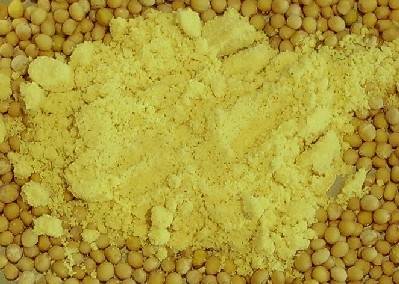Greek name and pronunciation:
At the market:
Physical characteristics:
Usage:
Origin, History, and Mythology:
Archaelogical evidence supports the use of mustard in ancient Rome and its frontier colonies, such as Gaul. Large quantities of spices – mustard, dill, fennel, coriander, and black cumin – have been discovered in recent digs along the Via Decumana of ancient Roman London, circa 60 AD. Mustard seed is mentioned in Matthew 13:31 of the New Testament, attesting to the familiarity of 1st century Hebrews with the appearance of mustard seeds.
English culinary folklore suggests that mustard flour was invented in 1720 by a Mrs. Clements of Durham, England after she successfully developed a milling process. In subsequent years, Mrs. Durham commercialized her invention as “Durham mustard” – a “hot product” and a foretaste of worldwide demand which currently exceeds 400 million pounds annually.
There are three varieties of mustard plant: White Mustard (Brassica alba), Black Mustard (Brassica nigra), and Brown Mustard (Brassica juncea). Powdered mustard (often called mustard flour) is usually made from white mustard seeds (actually a beige or straw color).

